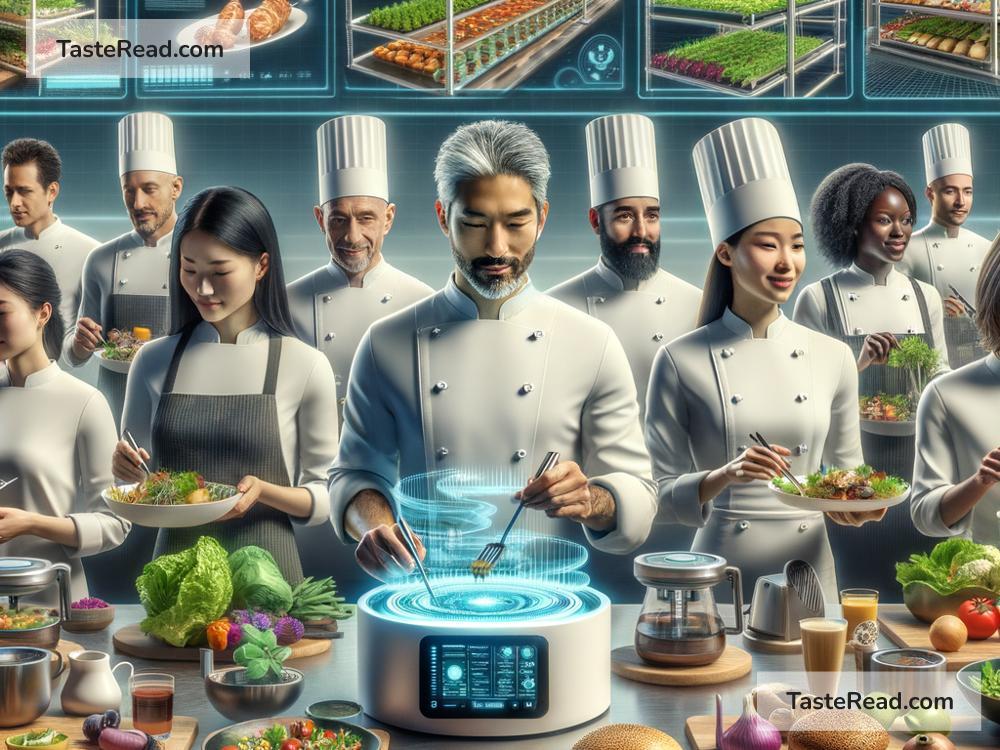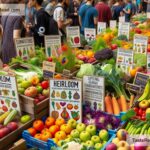The Future of Food and Gender Equality: A Path to a Fairer World
Food is life. It’s not just what we eat to stay healthy; it is also part of our culture, happiness, and daily routines. But as the world grows and changes, the way we produce, share, and eat food must adapt to new challenges. At the same time, discussions about gender equality are more important than ever. In many parts of the world, women still face unfair treatment, especially in food-related jobs like farming, cooking, and selling. To build a better future, we need to think about how food and gender equality are connected.
Big Changes in Food Systems
The way we produce food today is facing big challenges. Climate change is one of the biggest problems. Rising temperatures, unpredictable weather, and shrinking farmland make growing crops more difficult. At the same time, our population is growing. Experts say the world could have 10 billion people by 2050. With more mouths to feed, we need smarter ways to produce food.
Technology is playing a big role in changing how we grow and prepare food. For example, scientists are developing vertical farms, where plants grow indoors rather than in open fields. This way, we can save space and protect crops from bad weather. Lab-grown meat is another innovation. Instead of raising animals for meat, scientists grow it in labs using cells. This could help reduce animal farming, which uses a lot of land and causes pollution.
But technology alone isn’t enough to solve food problems. We also need policies that promote fairness, protect farmers, and fight unfair practices. For example, farm workers should be paid a fair wage, and small farms should have access to the same resources as big agricultural companies.
A Gender Gap in Food Systems
If we want to fix food problems, we cannot ignore gender equality. Women play a huge role in food systems all over the world. In rural areas, they often work hard to grow crops, take care of animals, and prepare meals. Yet, their contributions are often overlooked. Many women in farming don’t own the land they work on, don’t get paid well, or don’t have access to modern tools that would make their jobs easier.
Globally, about 43% of farm workers are women, but they produce less food compared to men. This isn’t because they work less hard; it’s because women often don’t have access to the same resources, education, or support. Imagine what could happen if women farmers had the same opportunities as men. Studies show that women farmers could produce up to 30% more food if given equal access to tools and education. This would not only help fight hunger but also strengthen local communities.
In food industries like restaurants, women also face challenges. Many female chefs and restaurant workers struggle to rise to leadership positions because of unfair hiring practices or workplace discrimination. These barriers need to be broken for true equality.
What Happens When We Support Women?
When women have equal opportunities, amazing things happen. Their families and communities thrive. For example, studies show that women are more likely than men to spend their earnings on food, education, and healthcare for their families. By empowering women, we invest not just in equality but also in the future health and well-being of entire communities.
Programs that focus on gender equality in food systems have already seen success. In some countries like Kenya, organizations offer training and tools to women farmers. These programs teach smarter ways to grow crops, sell produce, and manage money. When women participate in these programs, they create more food, earn better incomes, and support local markets.
In cities, initiatives that offer mentorship to female chefs or restaurant owners are helping women bring their talents to the forefront. These efforts create a ripple effect, showing everyone that food is not just a man’s domain. It belongs to all of us.
A Step Toward a Fairer Future
So, what can we all do to create a future where food systems are fairer and support gender equality? First, we need to raise awareness. Share stories about the hard work women do in food systems and the challenges they face. When more people understand the problem, they’re more likely to demand change.
Second, support organizations that fight for women’s rights in farming, cooking, and food industries. These groups often rely on donations and volunteers to create programs that help women succeed.
Finally, think about your choices as a consumer. Buy from local farmers, support women-owned food businesses, and choose brands that show care for their workers. Every small action counts, and together, they can create big change.
The Bigger Picture
Food is something that connects everyone. It’s shared across cultures, enjoyed with families, and needed by every person to survive. But to make the future of food brighter, we must also focus on gender equality. By giving women and men the same opportunities, we can feed the world in smarter and fairer ways. Technology and innovation will help, but the heart of this change must come from people working together toward equality.
So, as we look forward, let’s not just think about growing more food. Let’s think about growing fairness. Because when women are included and empowered, the future becomes brighter for us all.


